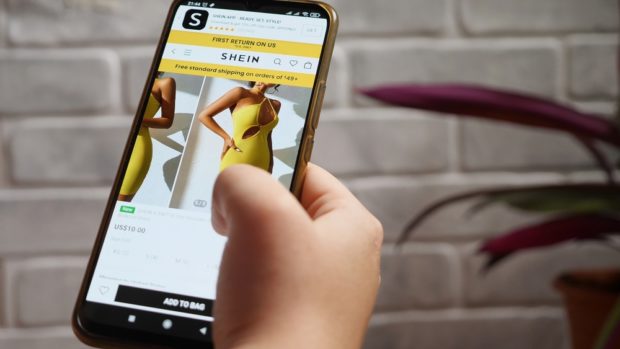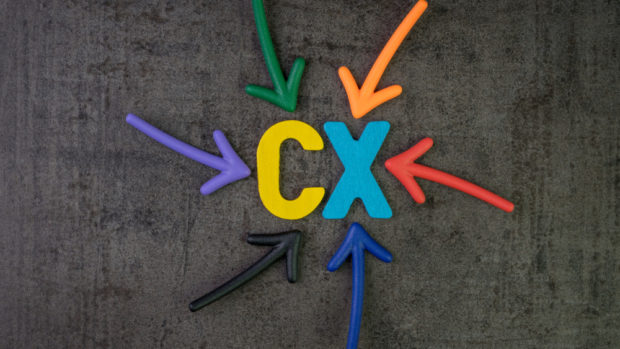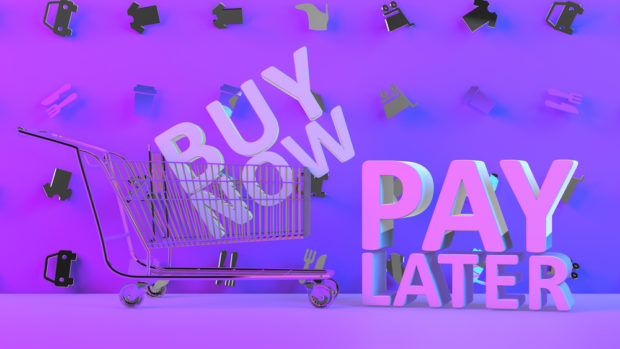
A new independent study of 3,000 UK, France and United Arab Emirates (UAE) luxury and lifestyle retail shoppers, commissioned by Attraqt has launched today.
Carried out by market research provider, the research takes a closer look at luxury lifestyle brand’s shopper behaviour, expectations, frustrations and key purchasing influences and lifts the curtain on the growing role of digital channels in the luxury consumer’s buying journey.
It reveals that for luxury shoppers, stores still play an important role – with 40 per cent starting their shopper journey there, however, 39 per cent are now using mobiles and 29 per cent are using a retailer’s or brand’s app (29 per cent). A reflection of how times are changing, the research also found that looking at celebrity trends (21 per cent) and Instagram (17 per cent) weren’t too far behind.
“The luxury shopper journey is rapidly evolving,” said Jon Stephens, director of customer experience at Attraqt. “By 2025 market predictions are that Millennials and Generation Z will account for 45 per cent of the global personal luxury goods sector. With that in mind, plus a fragmented market, disjointed customer journeys and diminished loyalty, it’s clear from our research that luxury brands need to think of digital channels as more than just a source of brand inspiration. The idea that the luxury retailer should recognise their regular customers and understand what they like or want, hasn’t gone. Brand loyalty today shouldn’t therefore just be what a shopper feels about the brand, but also how the brand treats them at every moment. Luxury brands must act now to ensure that they evolve product inspiration and discovery into something a bit less stuffy, and much more immersive, personal and frictionless across all channels.
The importance of orchestrating a luxury shopping journey fit for the digital era – connecting the customer with relevant products and creating a series of ‘wow’ experiences to nurture a customer to a sale – has never been more important. In the luxury market this means removing the data silos in their organisation to ensure they influence every touchpoint – from the curated editorial content to the search and navigation process right through to the packaging of the delivery and re-engagement.”
Key research findings include (for all three markets)
What do luxury shoppers regard as essential from their shopping experience?
- Being able to easily find new products was cited as the most important factor (25 per cent) of shoppers. Discovering new style trends, having the ability to virtually ‘try on’ new style trends and receiving expert product and trend advice exceeding what is available on the website, all secured 15 per cent – tying for second place. Detailed knowledge of their previous shopping habits came in third place – with 14 per cent. Advice from a stylist or personal shopper was essential to eight per cent of those questioned.
What are the biggest influencers on making a purchase of a luxury item?
- Online reviews topped the list with 29 per cent of the vote. Celebrity trends came in second place with 28 per cent. A brand’s own content online and visual merchandising in a store both secured 26 per cent apiece – tying for third place. Instagram narrowly missed out on being in the top three influencers – with 24 per cent.
- Other big influencers cited included online magazines (19 per cent), Fashion Week and print magazines such as Vogue (both scoring 18 per cent).
- Just 10 per cent of respondents listed bloggers as their biggest influencer.
In instances where luxury shoppers don’t know what they want to purchase, which features most help to narrow down your choices to inspire discovery and guide your purchase?
- In first place are social media feeds viewed directly on the brand website e.g. Instagram – with 35 per cent.
- Trending product recommendations came in second place with 34 per cent and quick and direct access to favourite product categories on a home page came in third place with 32 per cent.
- Just over a quarter (26 per cent) found editorial/feature stories based on collections or trends on the brands website helpful.
- Recommended content from a brand ambassadors scored 24 per cent and image-led recommendations e.g. Shop the Look, appealed to 23 per cent.
When online browsing for luxury goods, what are the biggest frustrations for these shoppers?
- Nearly a quarter (23 per cent) of shoppers say websites and apps force them to search through too many menus and tabs.
- More than a fifth of luxury shoppers said that they can’t access the intricate product detail and imagery they need to convert to a sale (video and still images – 22 per cent and text – 21 per cent).
- The next biggest frustration was irrelevant search results in the onsite search bar (16 per cent) followed by impersonal or irrelevant recommendations (13 per cent).
A closer look at the GenZ/Millennial luxury shopper:
- 65 per cent of these shoppers are more likely to start their buying journey online – 10 per cent more than the general population (65 per cent versus 55 per cent of the general population).
- Social media plays an important role in attracting this age group to start their shopping journey – 17 per cent more likely than the general population (53 per cent versus 36 per cent of the general population). 48 per cent would also like a social media feed embedded on a brand’s website.
- 47 per cent of this age group switch between on and offline during their buying journey (versus 45 per cent of the general population).
- 91 per cent of this group are willing to shop around before hitting the buy button meaning that achieving brand loyalty is increasingly difficult amongst these shoppers.
- Social validation is significantly important to these shoppers – 50 per cent of GenZ cited Instagram as the single biggest influence on their luxury purchases.
Stephen concludes: “It’s critical that high-end retailers forge an emotional and personal connection with luxury shoppers based on values, trust and inspiration, but on its own, this won’t make them distinctive or competitive. Emotional connections with a brand need to be complemented by a series of logical and seamless discovery to purchase micro-experiences. Failure to understand unique shopper preferences and behaviours at each of these moments leads to lost sales opportunities, something that will only get worse as the younger buying segment grows.








Share